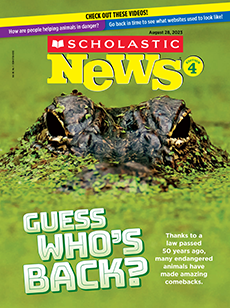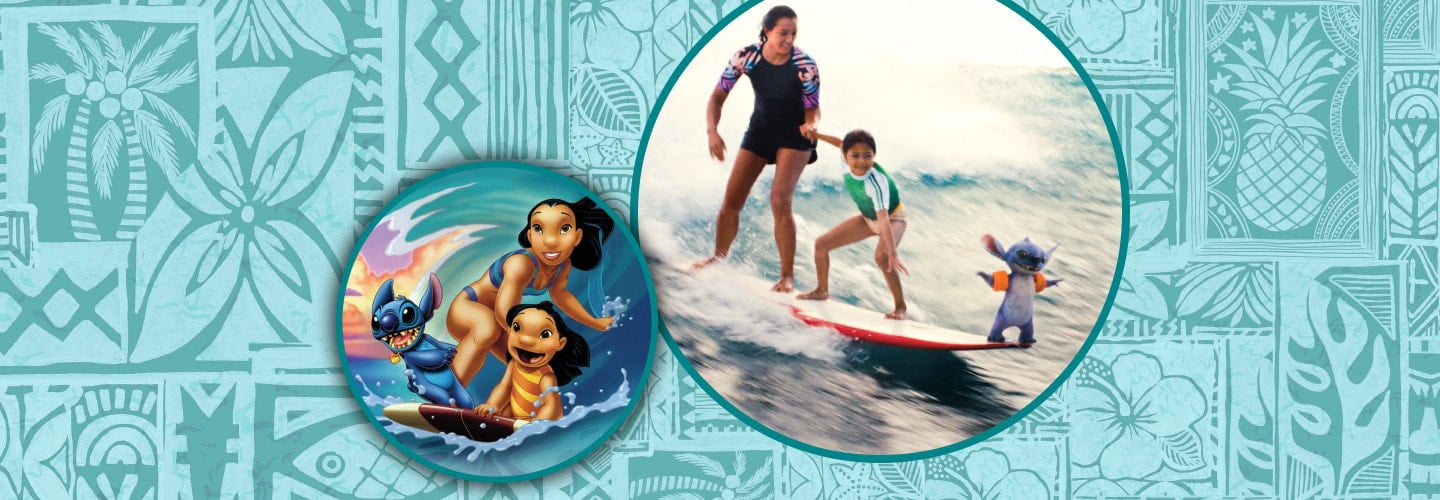When Maia Kealoha heard the news in 2022, she was buzzing with excitement. Disney was going to make a new version of Lilo & Stitch. But unlike the animated original movie, the new film was going to be live-action. Maia couldn’t wait to try out for the title role of Lilo Pelekai.
After all, Lilo and Maia have a lot in common. They’re both from Hawaii—Maia is from the Big Island. They both surf and love hula, a sacred Hawaiian dance. After several auditions, Maia got the part.
The movie is set to be released in theaters on May 23. Lilo is Maia’s first starring role. She says filming in Hawaii was one of the most special things about the experience.
“I am really honored I get to be in something that includes my home and my culture,” the 8-year-old says.
Maia Kealoha was buzzing with excitement in 2022. She had heard the news. Disney was going to make a new version of Lilo & Stitch. Unlike the animated original movie, the new film would be live-action. Maia couldn’t wait to try out for the title role of Lilo Pelekai.
After all, Lilo and Maia have a lot in common. They’re both from Hawaii. Maia is from the Big Island. They both surf. They both love hula, a sacred Hawaiian dance. After many auditions, Maia got the part.
The movie will be released in theaters on May 23. Lilo is Maia’s first starring role. Maia says filming in Hawaii made the experience extra special.
“I am really honored I get to be in something that includes my home and my culture,” the 8-year-old says.

